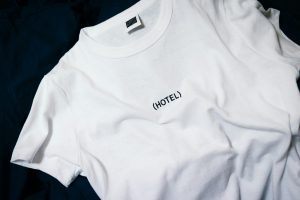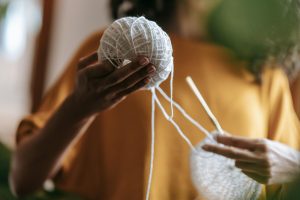Fashion Psychology: Wardrobe as Emotional Communication Tool
Fashion is not just about looking good, it’s also about expressing oneself. Our clothing choices convey a lot about our personalities, moods, and emotions. This is where fashion psychology comes into play. In recent years, the study of fashion and its impact on human behavior and emotions has gained traction. And one aspect of this field that has caught the attention of many is the concept of using wardrobe as an emotional communication tool. In this article, we dive deeper into the world of fashion psychology and explore the idea of using our clothes as a means of expressing and communicating our emotions. 
Understanding Fashion Psychology
Fashion psychology is a relatively new and emerging field that combines elements of fashion, psychology, and sociology. It focuses on understanding the relationship between fashion and human behavior, emotions, and attitudes. It delves into the psychological and emotional motivations behind our clothing choices and how they impact our interactions and perceptions of ourselves and others. In other words, fashion psychology seeks to understand the psychological effects of what we wear.
The Role of Wardrobe in Fashion Psychology
One key aspect of fashion psychology is the role that our wardrobe plays in shaping our emotions and behaviors. Our clothing choices are not just a reflection of our personalities, but they also influence our thoughts and behaviors. Studies have found that what we wear can affect our mood, confidence, and even our cognitive abilities.
Our wardrobe is like a non-verbal language that communicates messages to those around us. It can signal our social status, personality traits, and even our emotional state. For instance, a person wearing formal attire is often perceived as more confident, competent, and successful than someone dressed in casual clothing.
The Fashion Psychology of Wardrobe as an Emotional Communication Tool
Our wardrobe choices can also be used as a tool for emotional communication. This means that we can intentionally use our clothing to express and convey our emotions to others. Just as we use words to communicate our feelings, our wardrobe can also send out subtle or even explicit messages about our emotions.
Think about how your clothing choices vary depending on your emotional state. When you feel happy, you may choose bright colors and playful patterns, while on a sad day, you may be drawn to more muted and somber colors. By understanding the psychological associations of different colors and styles, we can use our wardrobe to accurately communicate our emotions to those around us.
The Impact of Fashion Trends on Emotional Communication
Another interesting aspect of fashion psychology is how fashion trends influence our emotional communication through clothing. Trends are not just about what’s ‘in’ or ‘out’ in the fashion world; they also reflect the changing attitudes and societal norms of the time. For example, the rise of the body positivity movement has led to a trend of embracing diversity in body size and shape in the fashion industry. This trend sends a message of acceptance and inclusivity, allowing individuals to feel more confident and empowered regardless of their body type.
Similarly, the ongoing trend of sustainability in fashion is a reflection of our growing concern for the environment and ethical consumerism. People who consciously choose to buy sustainable and ethically-made clothing are sending out a message of their values and concerns to others.
Conclusion
Our wardrobe choices can say a lot about us, and fashion psychology has shed light on the powerful influence of clothing on our emotions and behavior. By understanding the psychological associations of different colors, styles, and fashion trends, we can use our wardrobe as an emotional communication tool to express and communicate our emotions to others. So the next time you pick out an outfit, remember that you’re not just dressing to impress, but also to express.











